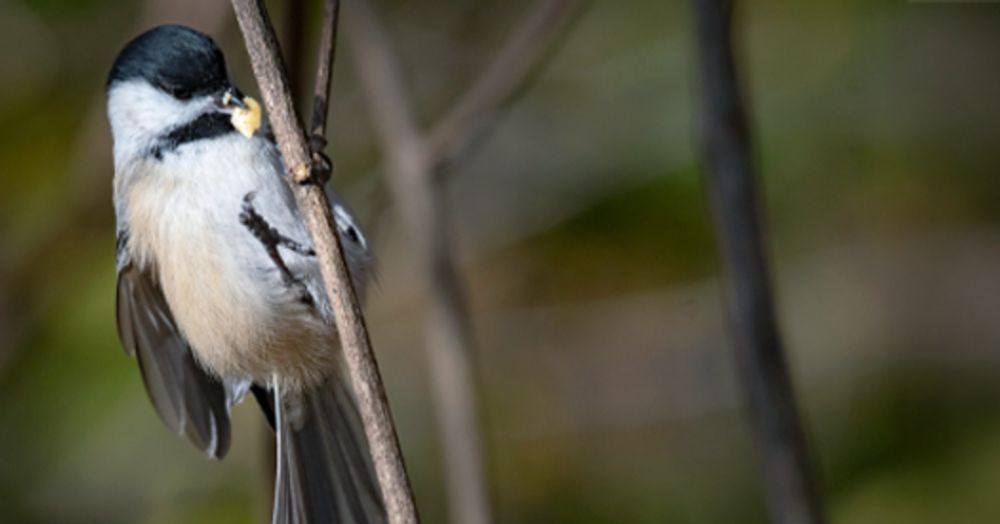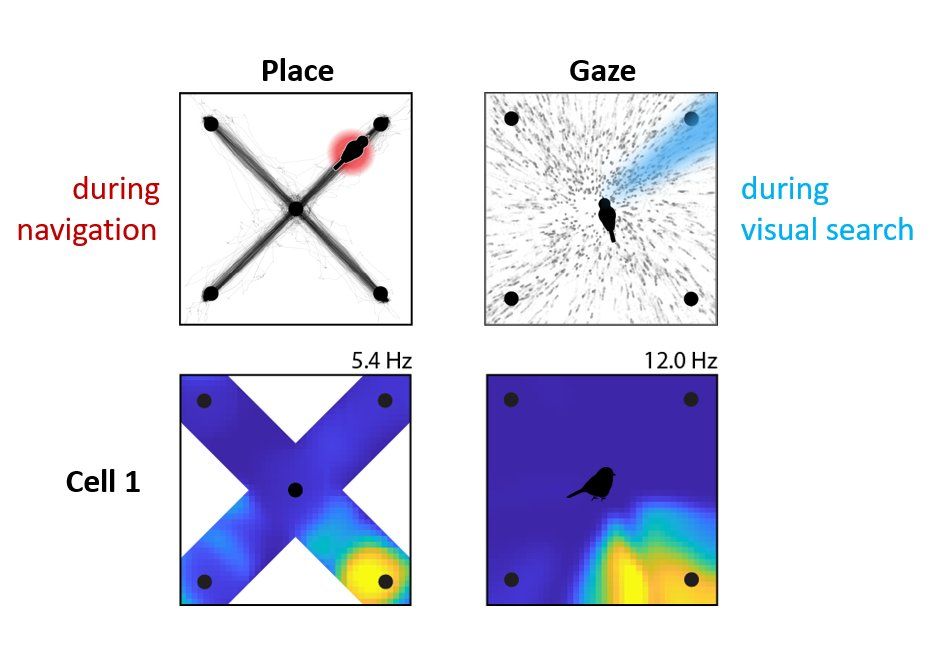Hannah Payne
@hannahpayne.bsky.social
💜Incoming PI at NYU 💜
💙Neuroscience postdoc in the Aronov lab at Columbia U💙
🧠Studying the hippocampus, vision, and episodic memory in modern dinosaurs 🦖→🐦⬛
💙Neuroscience postdoc in the Aronov lab at Columbia U💙
🧠Studying the hippocampus, vision, and episodic memory in modern dinosaurs 🦖→🐦⬛
Reposted by Hannah Payne
My first paper with @naoshigeuchida.bsky.social is finally out in @natcomms.nature.com ! rdcu.be/eACGf
TL;DR: asymmetric learning rates can be induced by shifts in tonic dopamine giving rise to pessimistic/optimistic biases in agents or animals undergoing reinforcement learning .
TL;DR: asymmetric learning rates can be induced by shifts in tonic dopamine giving rise to pessimistic/optimistic biases in agents or animals undergoing reinforcement learning .

Tonic dopamine and biases in value learning linked through a biologically inspired reinforcement learning model
Nature Communications - Accurate future predictions are essential for guiding behavior, and disruptions in this process are associated with psychiatric disorders. Here the authors show that changes...
rdcu.be
August 13, 2025 at 9:55 PM
My first paper with @naoshigeuchida.bsky.social is finally out in @natcomms.nature.com ! rdcu.be/eACGf
TL;DR: asymmetric learning rates can be induced by shifts in tonic dopamine giving rise to pessimistic/optimistic biases in agents or animals undergoing reinforcement learning .
TL;DR: asymmetric learning rates can be induced by shifts in tonic dopamine giving rise to pessimistic/optimistic biases in agents or animals undergoing reinforcement learning .
Thank you for the nice article, @thetransmitter.bsky.social 🐦☺️
For black-capped chickadees, looking out at a location activates the same place cells as actually being there, a study from Columbia University shows.
By @martajhill.bsky.social
#neuroskyence
www.thetransmitter.org/hippocampus/...
By @martajhill.bsky.social
#neuroskyence
www.thetransmitter.org/hippocampus/...

Gazing from afar activates place cells in chickadees
The results help explain how the hippocampus can recall information about a place without an animal physically revisiting it.
www.thetransmitter.org
June 18, 2025 at 8:02 PM
Thank you for the nice article, @thetransmitter.bsky.social 🐦☺️
My latest Aronov lab paper is now published @Nature!
When a chickadee looks at a distant location, the same place cells activate as if it were actually there 👁️
The hippocampus encodes where the bird is looking, AND what it expects to see next -- enabling spatial reasoning from afar
bit.ly/3HvWSum
When a chickadee looks at a distant location, the same place cells activate as if it were actually there 👁️
The hippocampus encodes where the bird is looking, AND what it expects to see next -- enabling spatial reasoning from afar
bit.ly/3HvWSum

June 11, 2025 at 10:24 PM
My latest Aronov lab paper is now published @Nature!
When a chickadee looks at a distant location, the same place cells activate as if it were actually there 👁️
The hippocampus encodes where the bird is looking, AND what it expects to see next -- enabling spatial reasoning from afar
bit.ly/3HvWSum
When a chickadee looks at a distant location, the same place cells activate as if it were actually there 👁️
The hippocampus encodes where the bird is looking, AND what it expects to see next -- enabling spatial reasoning from afar
bit.ly/3HvWSum

